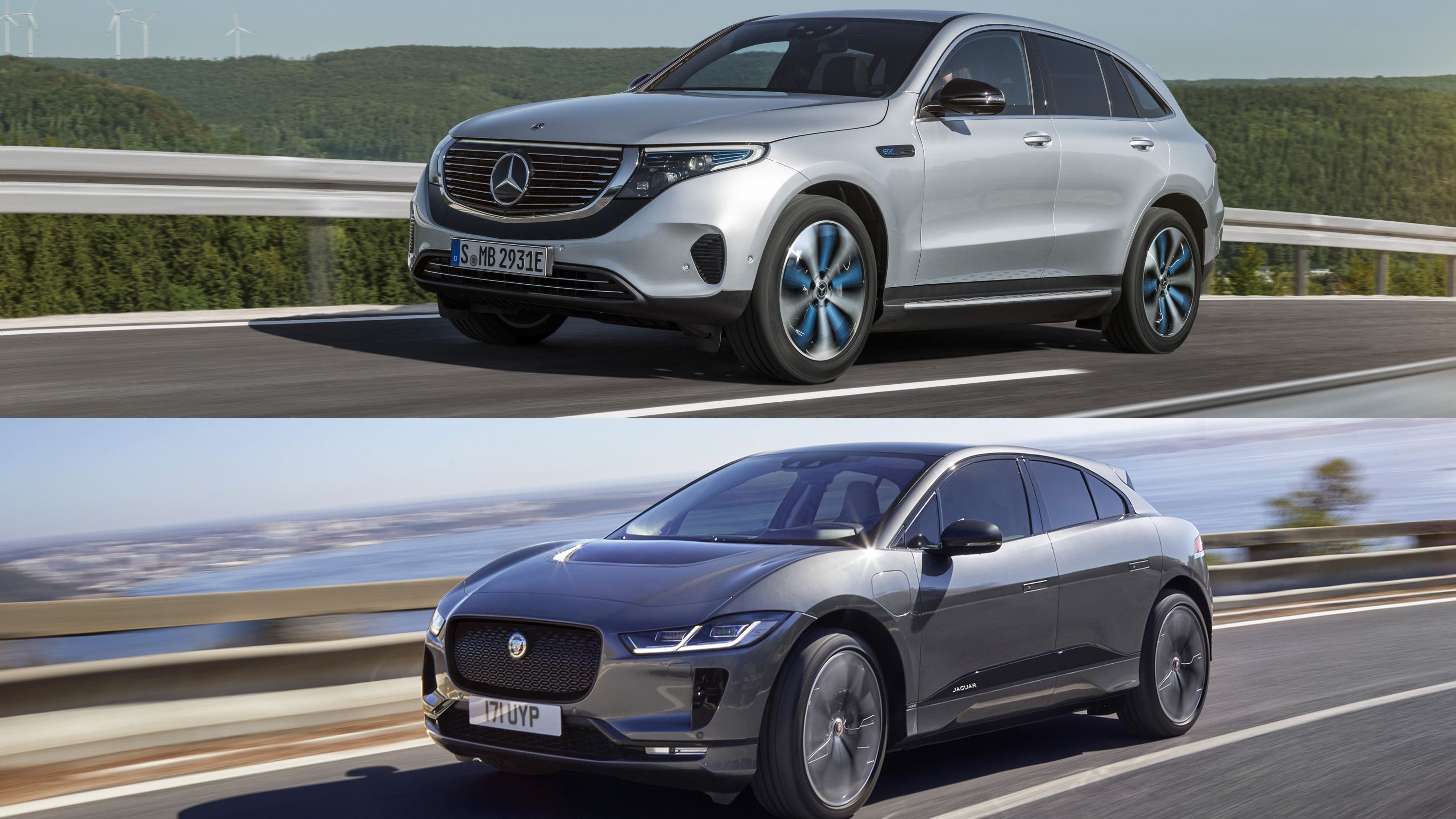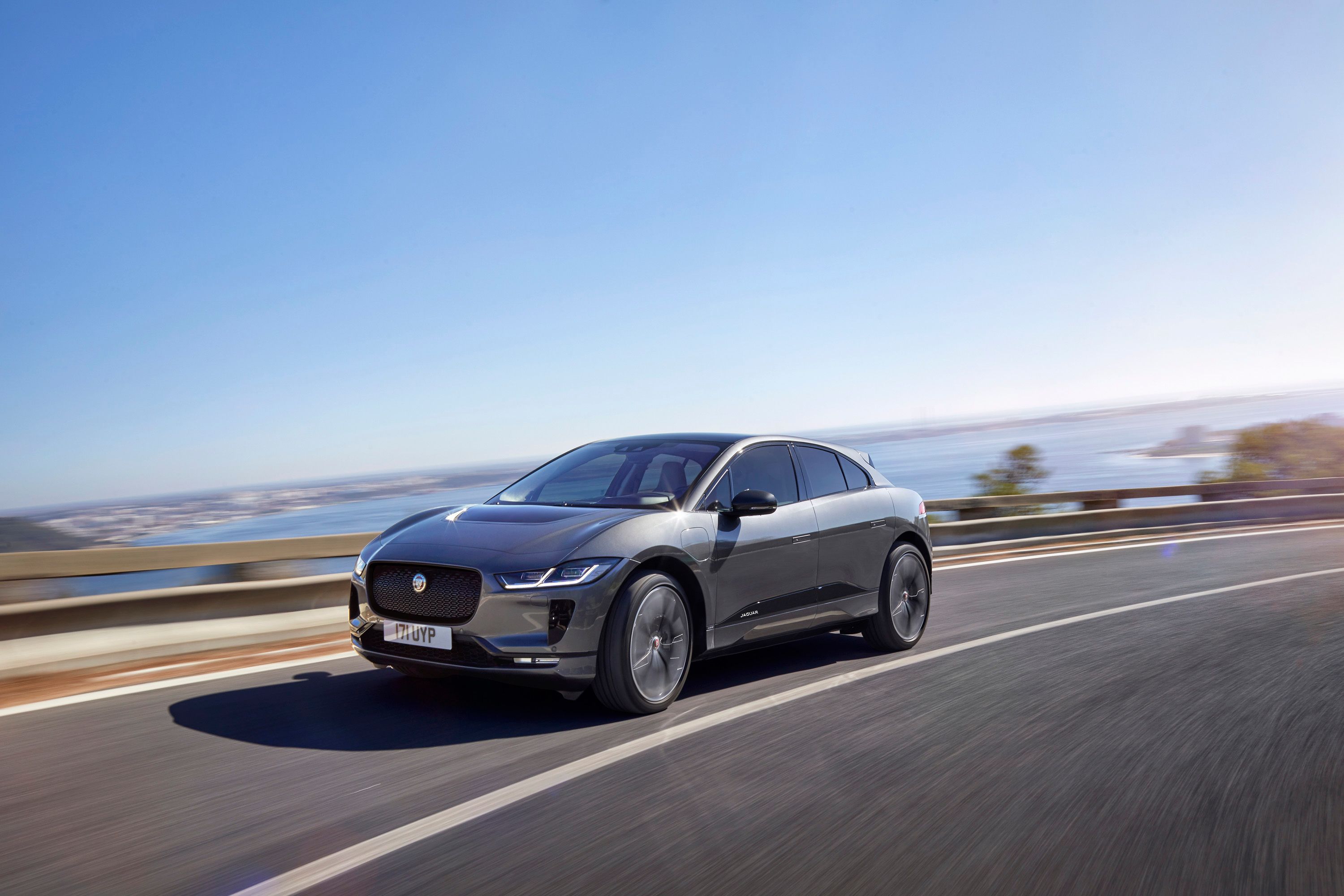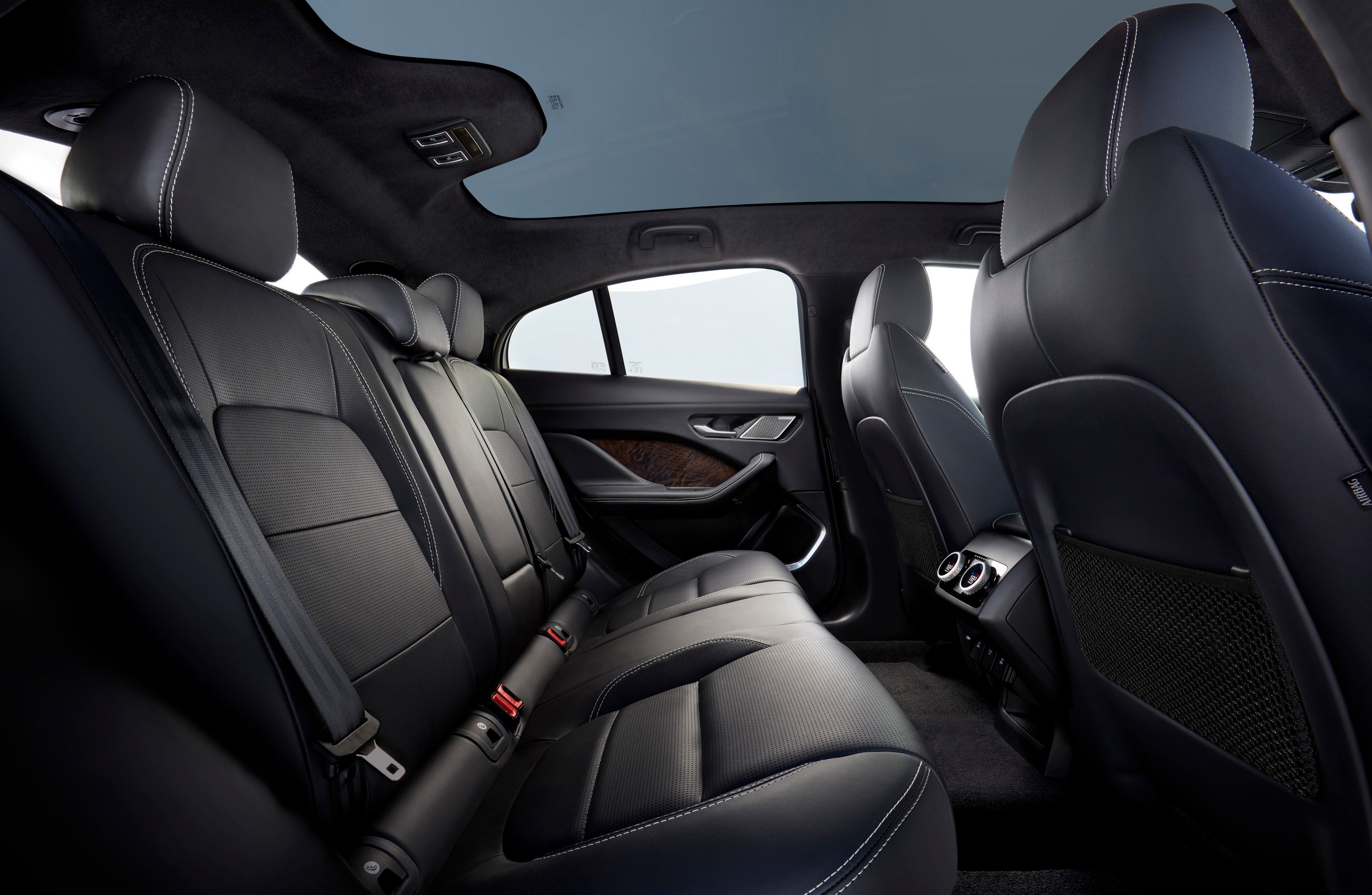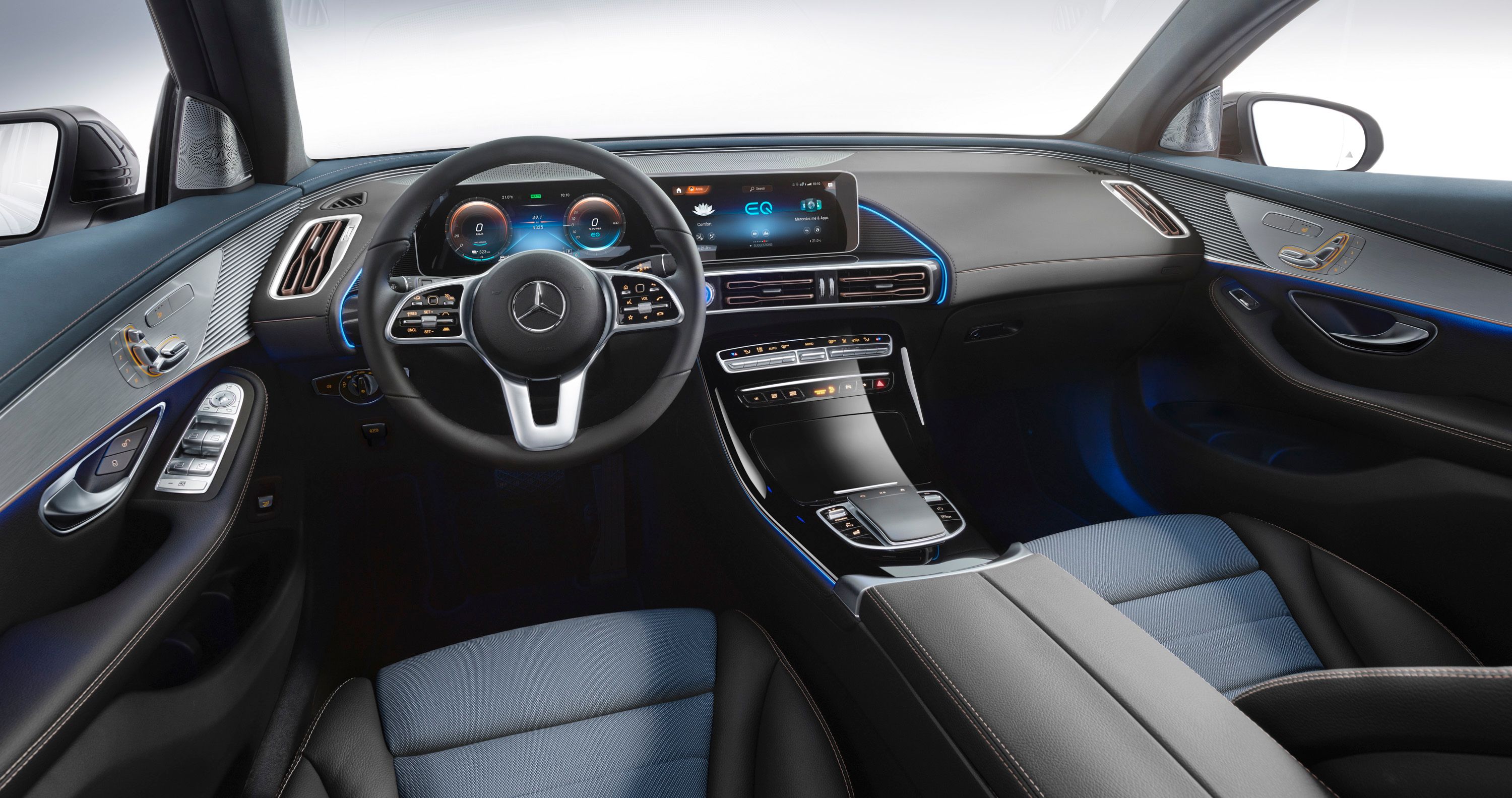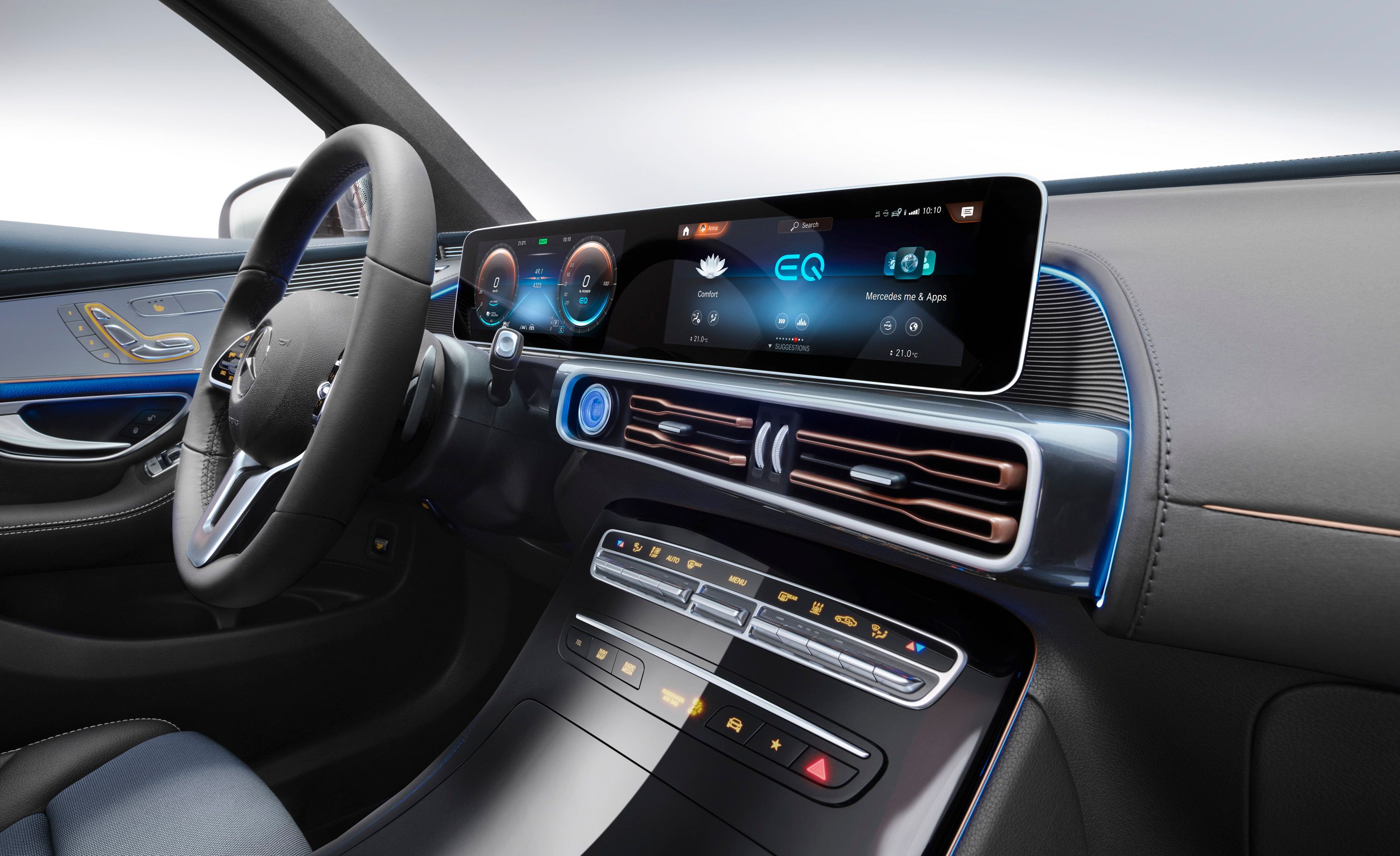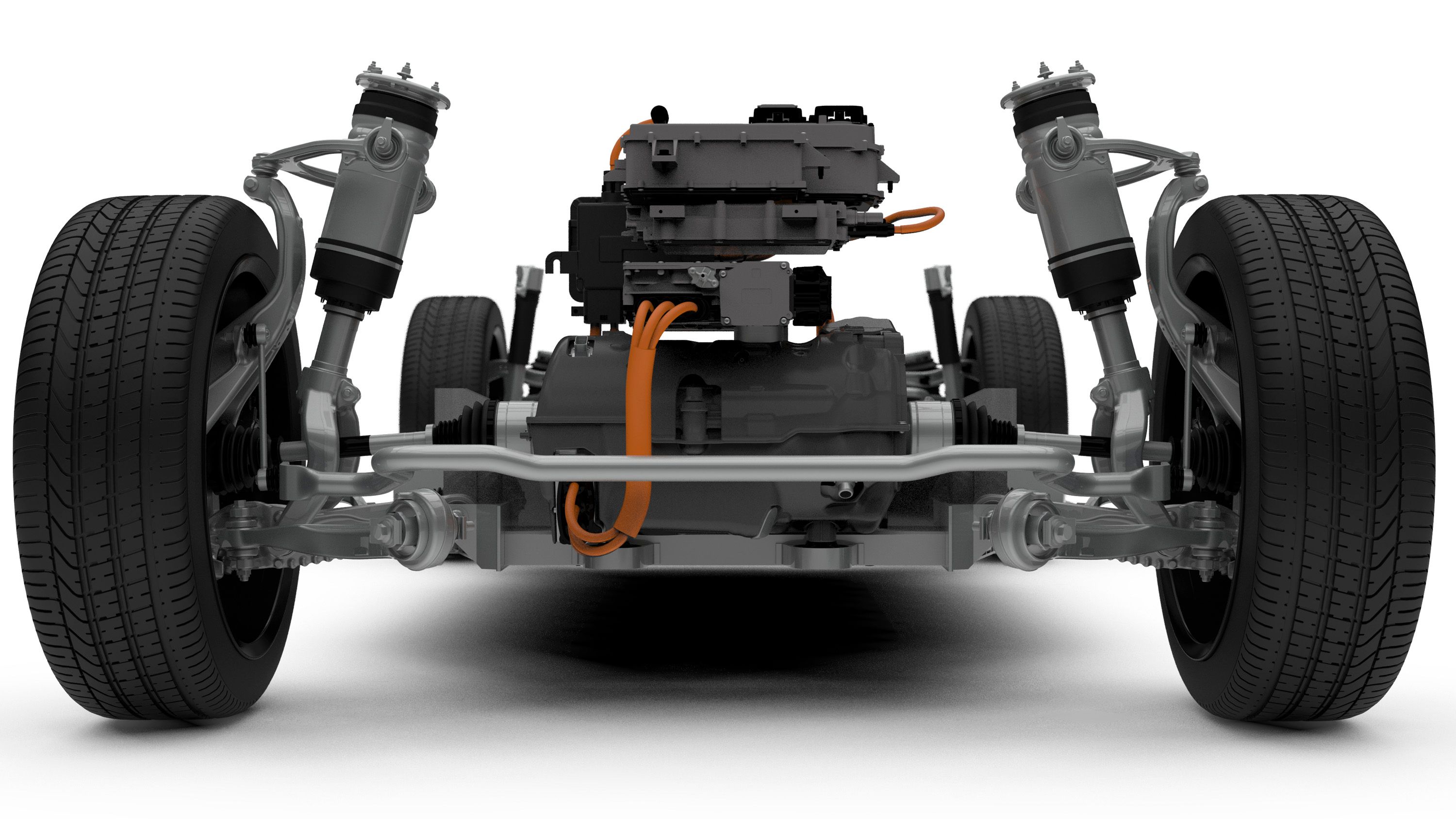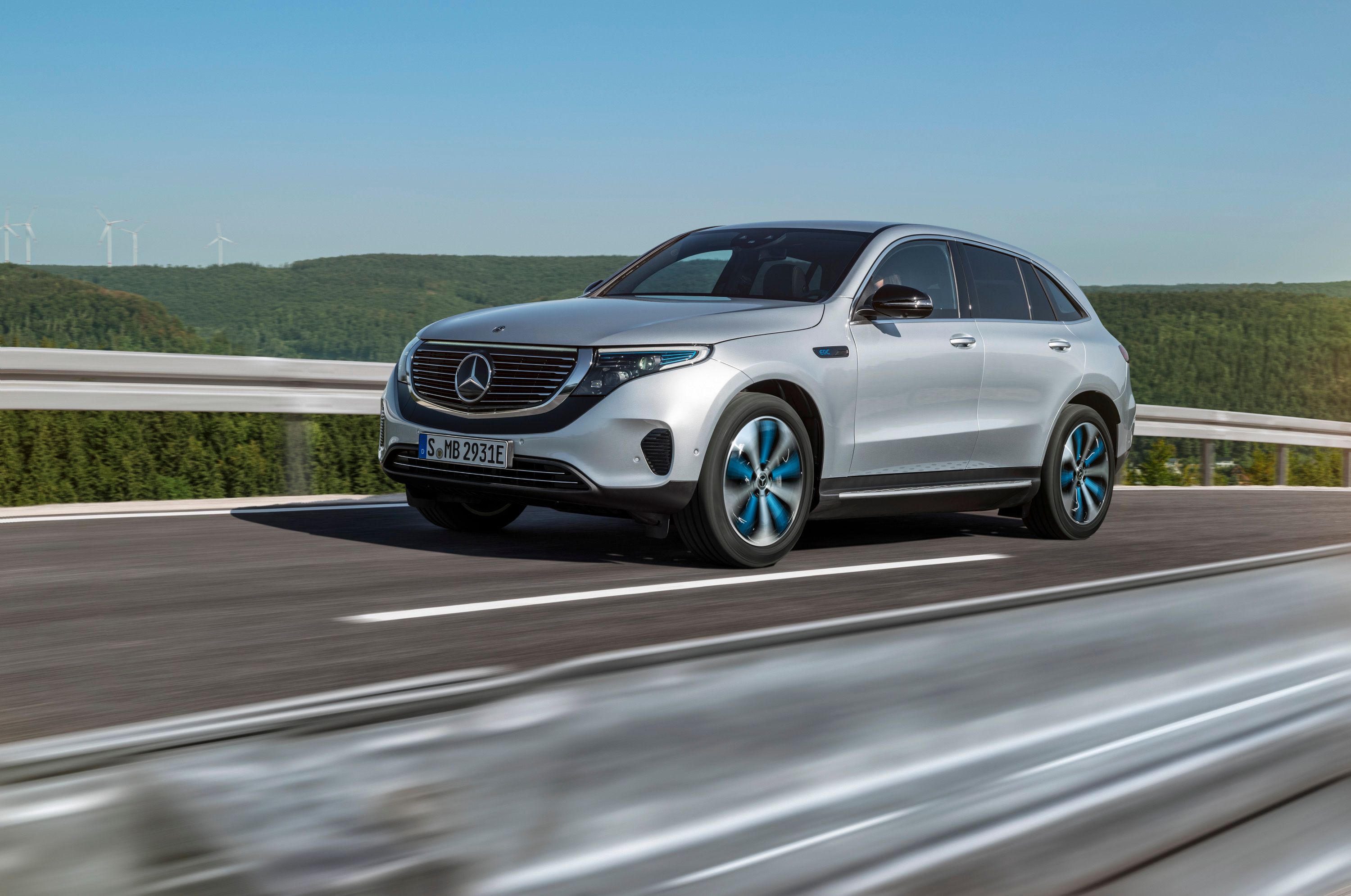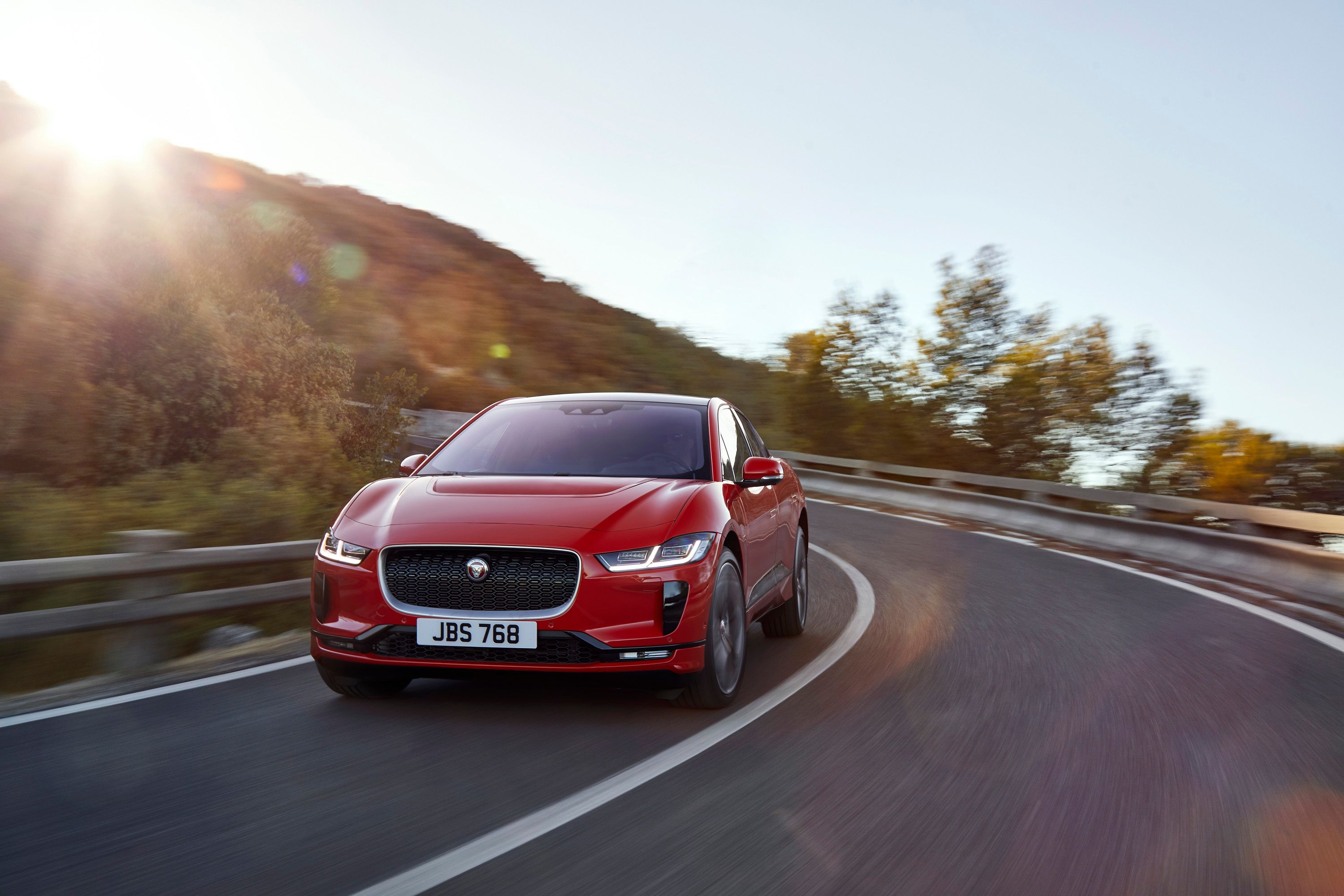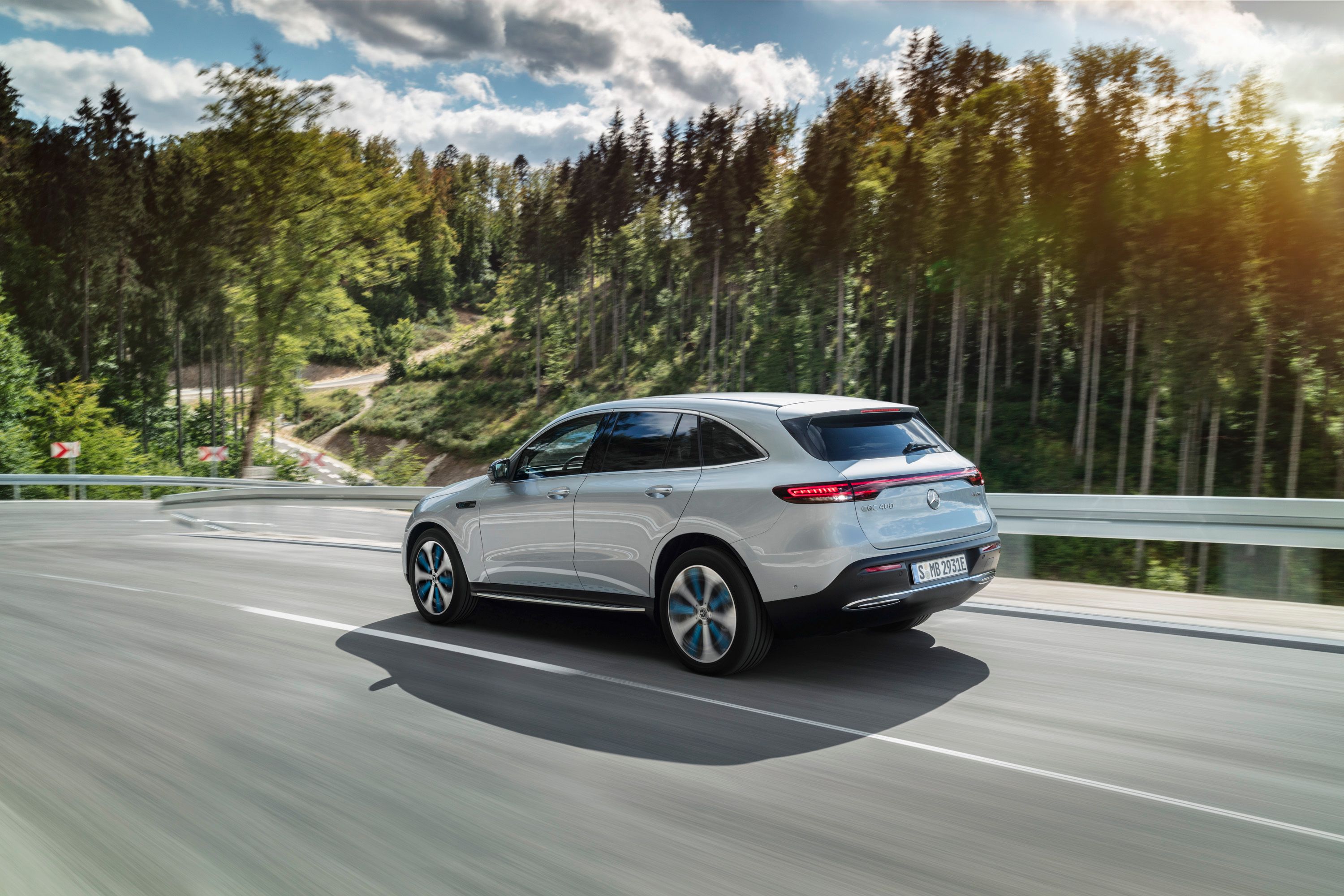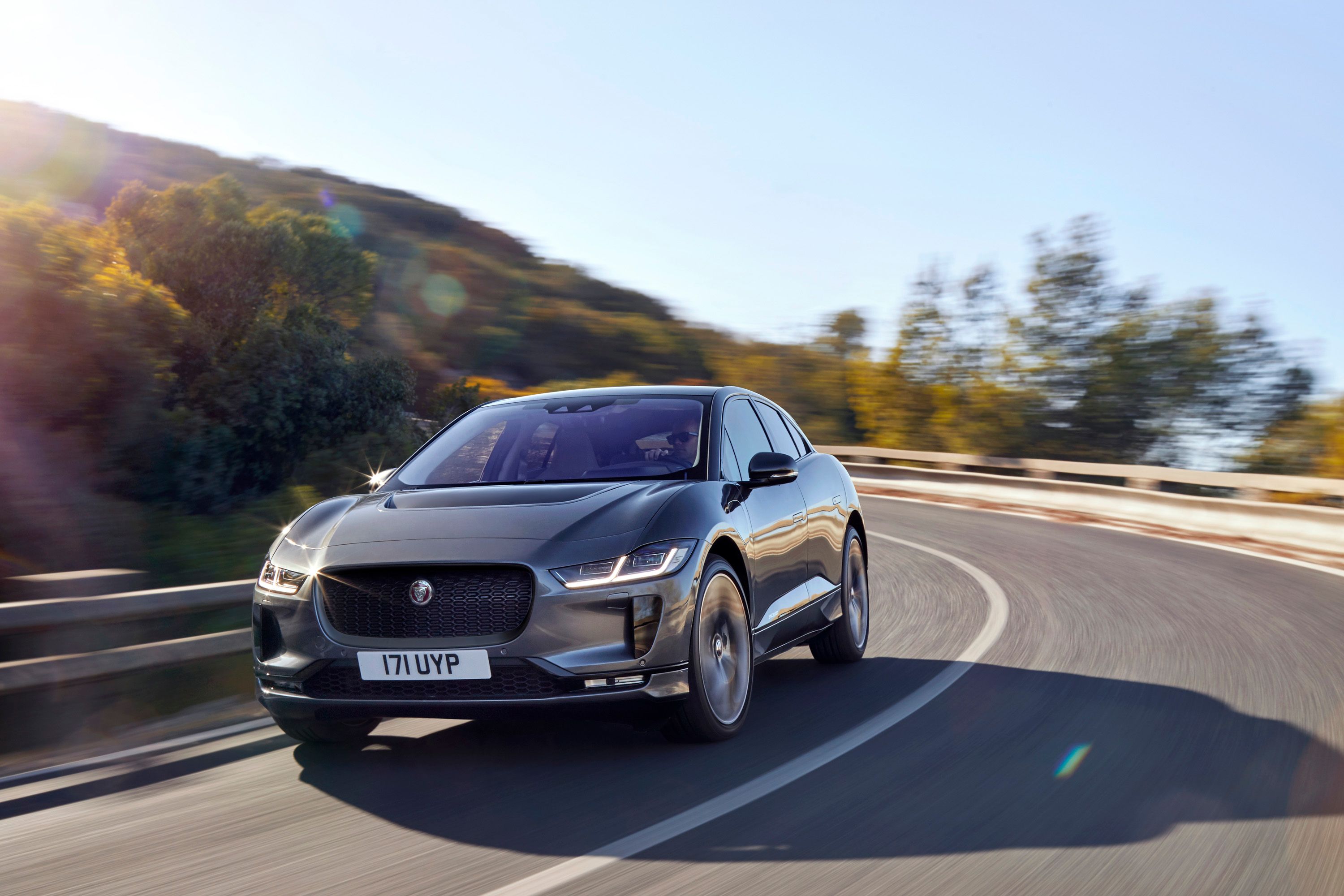Like most mainstream automakers, Mercedes has been working on an all-electric drivertrain for more than a decade now. However, the Germans joined the market relatively late, with its first production model, the B-Class Electric Drive, being introduced in 2014. Four years later and Mercedes has finally rolled out its first fully independent EV built on a stand-alone platform. It's called the EQC, and it's part of the company's new EQ brand for electric vehicles.
The EQC joins a rather tight niche of all-electric crossovers, with competitors including the Tesla Model X, Jaguar I-Pace, and the upcoming BMW iX3. The Model X is already dominating the segment, but the I-Pace is also new to the market. With the EQC set to go on sale in 2019, it's the right time to compare it against it's most important rivals. This time around, we're looking at its European counterpart, the Jaguar I-Pace. Let's find out how the two compare in terms of design, technology, and drivetrain below.
Mercedes EQC vs Jaguar I-Pace Exterior
The two crossovers are significantly different design-wise. More importantly, they have different proportions. For starters, the I-Pace is a tad shorter than the EQC at 184.3 inches in total length. That's 3.1 inches shorter. Interestingly enough, the British crossover has a four-inch longer wheelbase, which translates into significantly shorter overhangs. While shorter, the I-Pace is notably wider, boasting an extra five inches in width over its rival. It's also a bit more than two inches lower.
But it's not just the proportions that make the I-Pace look sportier. While Jaguar is traditionally a luxury carmaker and it's products are usually focused on elegance rather than sportiness, the British firm adopted a new strategy recently. Following the massive success of the F-Type, nearly all of its crossovers borrowed styling cues from the two-door sports car. The I-Pace is no exception, sharing most of its stance and features with its little cousin.
Front
|
|
ids=794128,771214 |
no_overlay=true> |
Side
|
|
ids=794386,794385 |
no_overlay=true> |
The story is similar with the side profile.
Rear
|
|
ids=794387,794388 |
no_overlay=true> |
While most SUVs sport a wagon-type tailgate, the I-Pace departs from that concept, featuring a short deck lid like those seen on notchback designs. The deck lid is also flat at the edge, enhancing the vehicles already wide stance. While the bumper is devoid of the big tailpipes usually seen on gasoline-powered Jaguars, it still features sizable vents and a diffuser in the middle. A big departure from the EQC's grocery getter design.
Who wins? It really depends on what you want. Since I'm no fan of the traditional crossover design, my vote goes to the Jag.
Mercedes EQC vs Jaguar I-Pace Interior
|
|
ids=794184,771251 |
no_overlay=true> |
Modern EVs usually have high-tech interiors and fortunately both the EQC and the I-Pace deliver in this department.
Like most premium vehicles, the I-Pace's instrument cluster is fully digital and displays various information on performance and data from the navigation system. The center stack looks clean and simple, with a pair of A/C vents at the top and a massive infotainment display in the center. Three buttons occupy the aluminum trim below. The passenger side of the dash looks rather small due to the big A/C vent in the corner, but the glove compartment area is stylish thanks to the genuine wood lid.
Moving over to the center console, it boasts the same high-tech design as the concept car, featuring the same buttons and knobs and a small touchscreen for climate settings in the middle. The sporty seats and the organic-looking door panels, both wrapped in leather, complete the look.
As far as tech goes, the I-Pace comes with the new Touch Pro Duo infotainment system that combines touchscreens, capacitive sensors, and tactile physical controls. The navigation system assesses the topography of the route to destination and insights from previous journeys, including driving style, and calculates personalized range and charging status with accuracy. It also features Amazon Alexa Skill, which enables owners to ask an Alexa-enabled device for information held in the Jaguar InControl Remote app. You’ll be able to find out if the car is locked, the charging level of the battery, or if you have enough range to get to work. The I-Pace is also the first Jaguar to benefit from wireless over-the-air updates.
This is where the EQC boasts an interesting design feature, as the edges of the dash are angled toward the door panels and almost connect with the upper edge of the door handles. The panels also sport a unique design with a massive aluminum insert that transforms into thin fins toward the dash. The upper section is wrapped in leather, as are the door handles. The seats are sportier than you'd expect in an electric car and seem to provide proper lateral support. Many types of leather are available through the options list, including the AMG Line package, which also adds a flat-bottom steering wheel, sport pedals, and carbon-look trim.
Tech-wise, the EQC stands out thanks to the company’s recently introduced MBUX infotainment system. The software was revised specifically for this model and now displays info on the battery range, charge status, and energy flow. It also enables the driver to set up the EQ-optimized navigation system, driving modes, and charging current.
Some specs remain a mystery though. Mercedes-Benz has yet to unveil info on legroom and trunk space. However, we can compare the EQC and the I-Pace in terms of design and features. As far as styling goes, I think that both SUVs look modern and boast that high-tech appearance EVs should have. While I favor Merc's "two displays under one screen" layout, I also like the I-Pace's cool looking center console and clean center stack. It's really difficult to pick a favorite here. When it comes to tech though, the EQC seems to be the slightly more advanced car. It's not far in front, but if you want smart voice recognition, it's a better choice over the the I-Pace.
It's a really, really close battle, but let's say that the EQC wins this one.
Mercedes EQC vs Jaguar I-Pace Performance
Both vehicles use electric power only to move about, but each comes with their own specs and different outputs.
Specifically, while the Merc is slightly more torquey, it's not the quickest of the bunch. Estimates say it can hit 60 mph in 4.9 seconds, which is almost a half-second slower than the Jag. The British SUV reaches the benchmark in 4.5 ticks. The I-Pace also hits the higher top speed at 124 mph, versus the EQC's electronically limited 112-mph rating.
If there's one thing that these crossovers have in common is that both are inferior to the Tesla Model X. The American EV returns between 237 and 295 miles depending on the trim level.
Both crossovers are all-wheel-driven, with one motor spinning each axle. However, the EQC has a more intricate setup, as each motor was configured differently in order to reduce power consumption. Specifically, the front electric motor is optimized for the best possible efficiency in the low to medium load range, while the rear motor kicks in when the SUV is driven in a sportier manner.
Charging the I-Pace, which is fully compatible with 100-kW chargers, takes around 85 minutes to fill an empty battery to 80 percent. A 30-minute charge enables the car to run for around 80 miles, a solid figure for urban driving. The Jaguar also features a battery pre-conditioning system that raises or lowers the temperature of the cells to maximize range.
Just like the I-Pace, the EQC can be charged with both fast AC charging at home or at public charging stations. Merc says the battery can be charged from 10 to 80 percent in around 40 minutes, which is significantly quicker than the I-Pace. Final specs on full charging times aren't yet available.
Final Words
Further reading
Read our full review on the 2020 Mercedes-Benz EQC.
Read our full review on the 2019 Jaguar I-Pace.

